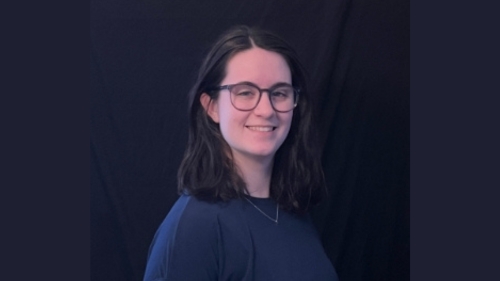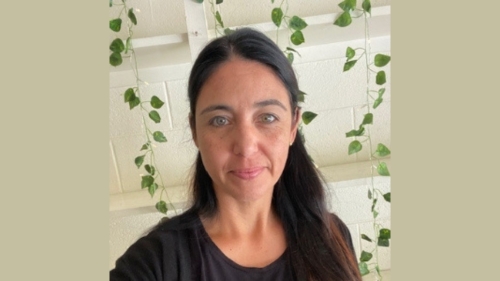American Sign Language & Interpreting Studies
Academic Department
We prepare culturally and linguistically competent interpreters, teachers, and users of American Sign Language.
8:00 a.m. – 4:00 p.m.
Monday-Friday
ASLIS Academic Programs
Learn to interpret between users of ASL and English across various settings.
Enhance your fluency in ASL and deepen your knowledge of Deaf Culture.
Prepare for certification to teach ASL as a foreign/modern language in secondary and post-secondary schools.
Develop your ASL conversational fluency to support your academic, personal, or career goals.
Grants & Projects
Preparing School Interpreters (PSI)
PSI provides an expanded interdisciplinary concentration of 16 credits for UNC’s baccalaureate ASL-English Interpretation (ASLEI) degree.
a young male student is shown signing in class

Questions? Contact Us!
Barbara Garrett
Chair and Professor


